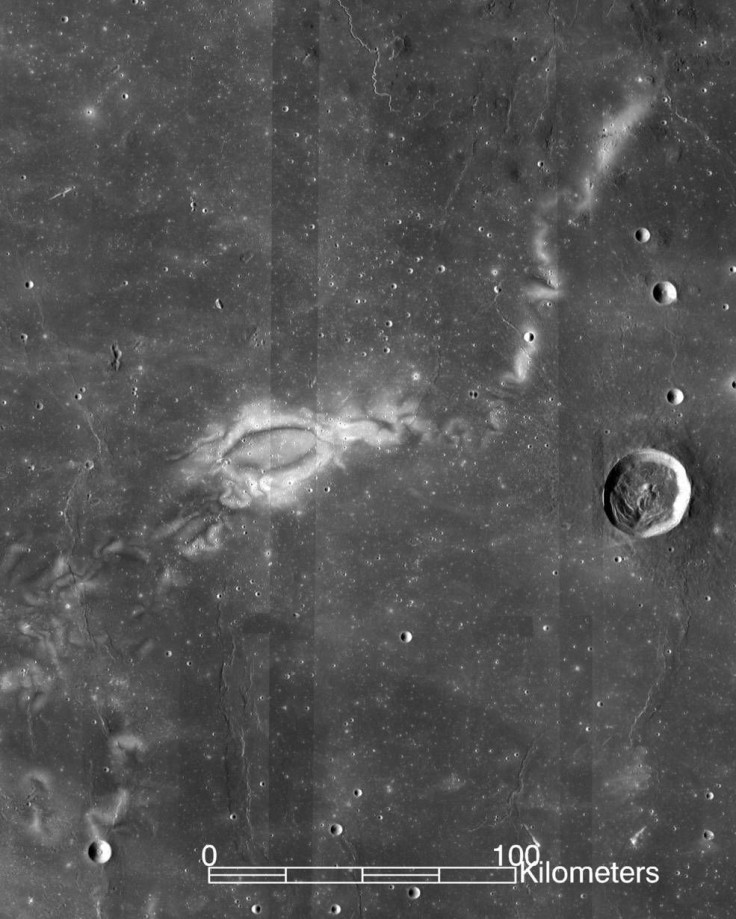Moon’s Magnetic History Revealed By Mysterious Bright Lunar Swirls

The moon, our only natural satellite, has long been a subject of major scientific studies and missions. It hosts a range of surface formations that provide insight into its birth and evolution over billions of years.
Many of these features are easy to study, but one particular element has drawn a lot of attention from the scientific community – strange swirls seen at different parts of the lunar surface.
These bright and dark patterns, one of which has been named Reiner Gamma, resemble snaky swirls in a mug of cream and coincide with locally elevated but powerful magnetic fields. Scientists believe these fields deflect solar wind particles, slowing down lunar surface weather and forming the distinct marks.
While all of this seems pretty simple, scientists have long faced trouble to understand how these localized magnetic fields formed in the first place.
“The cause of those magnetic fields, and thus of the swirls themselves, had long been a mystery,” Sonia Tikoo, an assistant professor at Rutgers University, said in a statement. “To solve it, we had to find out what kind of geological feature could produce these magnetic fields – and why their magnetism is so powerful.”
So, Tikoo partnered with researchers from the University of California to develop mathematical models that could explain how magnetic fields and the swirls associated with them are produced. The findings of their work revealed the swirls are located above narrow magnetic objects buried close to the lunar surface.
These objects, as the team explained, matched the description of lava tubes and dikes formed during volcanic activity on the surface of the moon some 3 billion years ago. But how could these volcanic features be highly magnetic?
To explain the case, the researchers detailed the magnetism of lunar rocks. Over the years, various experiments have shown rocks from the satellite can become highly magnetic in oxygen-free, high-temperature environments.
As part of the process, minerals break and release metallic iron, which could be magnetized along the direction of a strong magnetic field. The moon we see today doesn’t have a global magnetic field or volcanic activity. But, previous studies have shown the ancient magnetic field of the satellite could have lasted longer than 1 to 2.5 billion years longer than previously thought.
This, as they said, could have coincided with the timing of ancient volcanic activity, turning lava tubes and dikes highly magnetic as they cooled and helping with the formation of the swirls.
“No one had thought about this reaction in terms of explaining these unusually strong magnetic features on the moon,” Tikoo said in the statement. “This was the final piece in the puzzle of understanding the magnetism that underlies these lunar swirls.”
The team believes further study of these features could provide more insight into the dynamic history of our satellite.
The study titled, “Lunar Swirl Morphology Constrains the Geometry, Magnetization, and Origins of Lunar Magnetic Anomalies,” is published in the Journal of Geophysical Research.
© Copyright IBTimes 2024. All rights reserved.





















